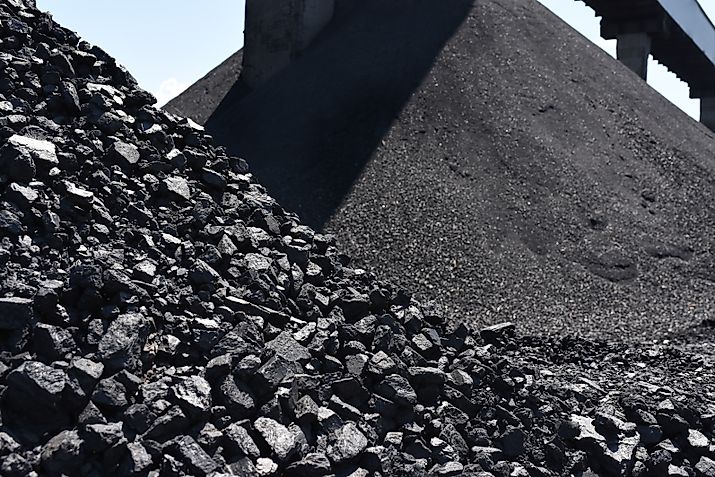Science & Nature
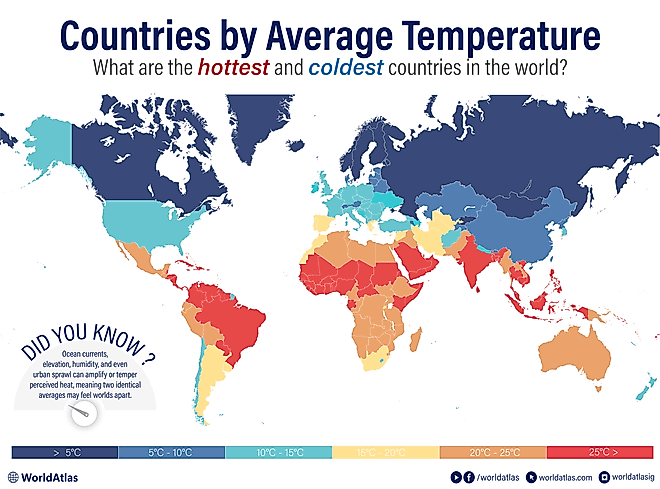
The 10 Coldest Countries In The World 2025
The world's coldest countries are spread around the planet but share common geographical characteristics. These are the coldest countries in the world by annual mean temperatures.
Cuttlefish And The One-Second Makeover
Unlike animals that rely on static patterns or seasonal changes in appearance, the cuttlefish adapts to its environment in real time.

The 10 Hottest Countries In The World 2025
The following figures were calculated by taking the collective average of the annual temperatures between 1991 and 2020.

Most Populous Animals On Earth
The web of life on Earth is teeming with myriad creatures, and humans are on the quest to categorize and count all the world's creatures.
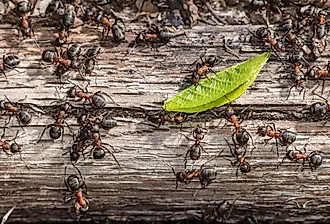
The Beetle That Flashes From Gold to Ruby
The golden tortoise beetle is a unique insect that can change its color from shimmering gold to bright red when it is disturbed.

10 Facts About Copperhead Snakes
The Copperhead Snake (Agkistrodon contortrix) is one of the most common snake species in North America.

The Weevil’s Built-In Javelin
Giraffes aren't the only creatures with astonishingly long necks. Meet the giraffe weevil, which can extend its neck by up to three times its body length.
10 Fascinating Facts About Venus
Don't know much about Venus? This article will give you 10 amazing facts about our solar system's hottest planet that you wish you had known sooner.
Animals Of The Florida Everglades
The Florida Everglades is crucial for diverse wildlife, facing threats from human activity; restoration requires science and public support.
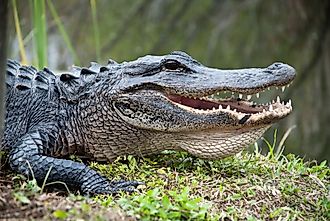

The Lightning-Fast Star-Nosed Mole
The star-nosed mole is a lightning-fast mammal that can detect swallow prey in 120 milliseconds, one of the quickest in the world.

Ancient Beliefs, Modern Conservation
The institution of the leopard God or Waghoba catalyses wildlife conservation in India, allowing people to share spaces with wild animals with little complaints.
India's Original Eco-Warriors
The Bishnoi community of India are called India's first environmentalists. The Bishnois' dedication to protecting the environment is unparalleled.
Bighorn Sheep
Comprehensive bighorn sheep biology: habitat requirements, social behavior, reproduction, and conservation challenges.
What Is Planetary Protection?
Planetary Protection is a set of precautions that space organizations take to ensure that Earth-life does not contaminate potentially habitable worlds.
What Is The Difference Between A Star And A Planet?
Stars generate energy through nuclear fusion and are luminous, while planets are cooler bodies reflecting light and orbiting stars.
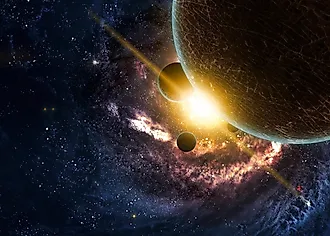
Planets With The Most Moons
As of March 2025, Saturn leads with 274 moons, revealing insights into planetary formation and detection techniques across the Solar System.
How Many Planets Are There In The Solar System?
The IAU in 2006 defined eight planets, leading to Pluto's reclassification as a dwarf planet and differentiating planetary categories.
How Far Is The Moon From Earth?
The average distance of the Moon from Earth is 384,400 km, varying between 363,300 km at perigee and 405,500 km at apogee.
Why Don’t Mercury And Venus Have Moons?
Mercury and Venus lack moons, providing insights into orbital dynamics, tidal forces, and satellite formation limits in planetary systems.

The Fastest Things In The Universe
Explore how cosmic speeds, including light, gravity, and advanced technology influence celestial bodies and human achievements.

The Venomous Snakes Of Australia
Australia has six common venomous snakes with specific characteristics and habitats and recommended guidelines for safe coexistence that everyone must know.

The Nepali Man On A Dangerous Mission To Save Venomous Snakes
Rohit Giri is educating people to stop killing snakes and saving the lives of both snakes and people with his rescue missions.

Discover The Shrimp That Fires Sun-Hot Bubbles
The pistol shrimp can create a powerful shockwave, shooting water bubbles at its prey up to a speed of 60 miles per hour and as hot as the Sun's surface.
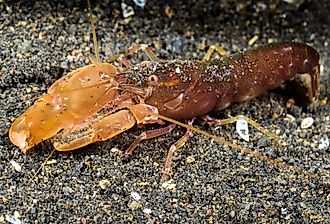
Where Is The End Of Space?
Humans have a hard time dealing with the fact of how their life is very much finite. You never know the exact expiration date, but you are sure it will happen one day.

World Population By Percentage of Blood Types
It is important to know your blood type as it determines the type of blood you can receive in a blood transfusion after a car accident or some other medical problem.

The Long-Neck Truth About Giraffe Bones
Giraffe necks are ‘larger than life.' Their necks have seven vertebrae, the same number as a human neck, but each bone exceeds 25 cm in length.

How Are Igneous Rocks Formed?
Igneous rock is formed when magma, which is liquid molten rock, cools or sets, solidifying into rock and rock formations to form extrusive or intrusive rocks.
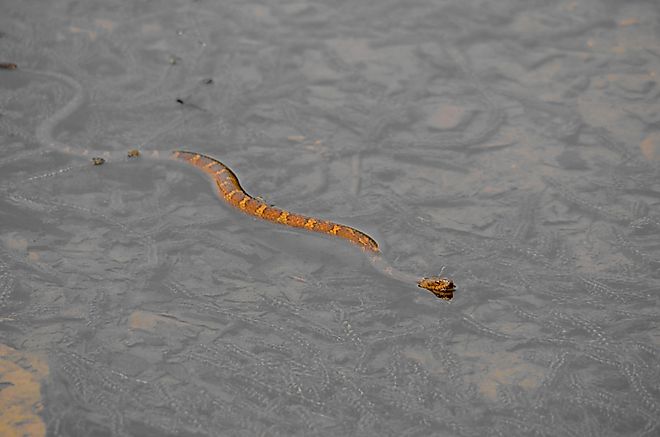
The Most Snake Infested Lakes In West Virginia
From timber rattlesnakes coiling on sun-warmed rocks to non-venomous water snakes slithering through lily pads, these bodies of water provide ample habitat.
9 Best Hikes In Maryland
This article explores the best hikes in the state of Maryland, featuring the Appalachian Mountains, Chesapeake Bay, and incredible overlooks.
Fascinating Animals That Live In Mangrove Forests
Mangroves provide habitat for thousands of species—from fish and mollusks to various types of reptiles and birds. Here are some of the most fascinating ones.
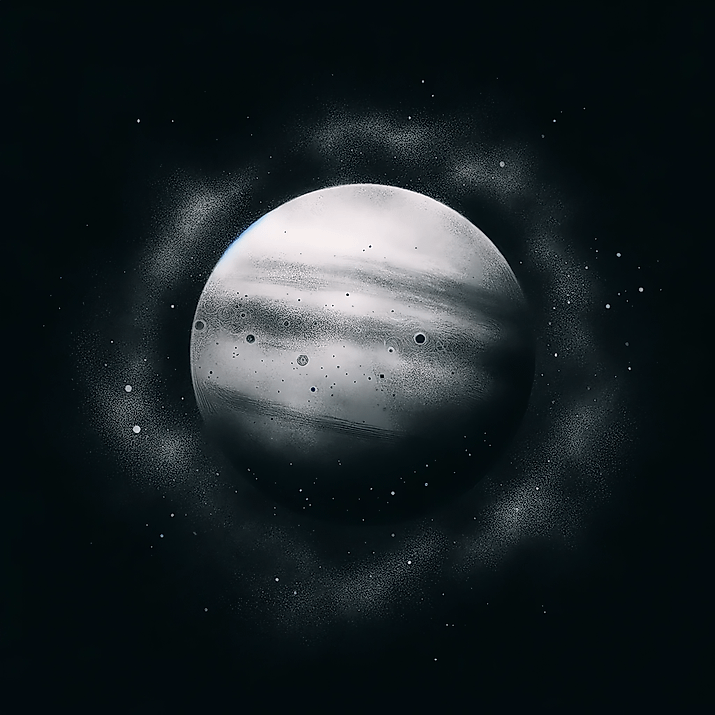
The Stray Planet That Escaped Our Solar System
In January 2015, Caltech astronomers revealed research indicating the existence of a large planet with an elongated orbit in the outer solar system.
The Pillars Of Creation
The Pillars Of Creation are one of the most popular star-forming regions in our galaxy, and they have been a regular target for researching star formation.

9 Best Hikes In Kansas
Head to the state's eastern side and discover the best hikes in Kansas; you will want to drop everything and lace up immediately.

Hippopotamus
Hippos - Africa's massive semi-aquatic mammals. Discover their habitat, behavior, diet, and why they're one of the world's most dangerous animals.

Dolphins and the Birth of Aquatic Names
Dolphins are incredible marine mammals that have ‘names’ for each other, just as humans do, and they use these names to chatter among themselves.
